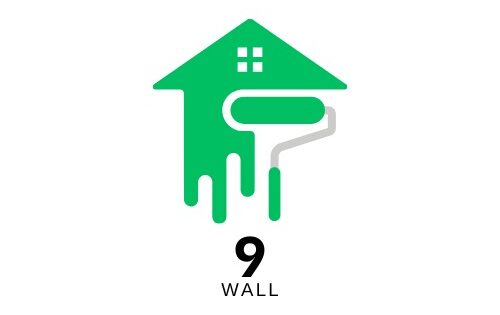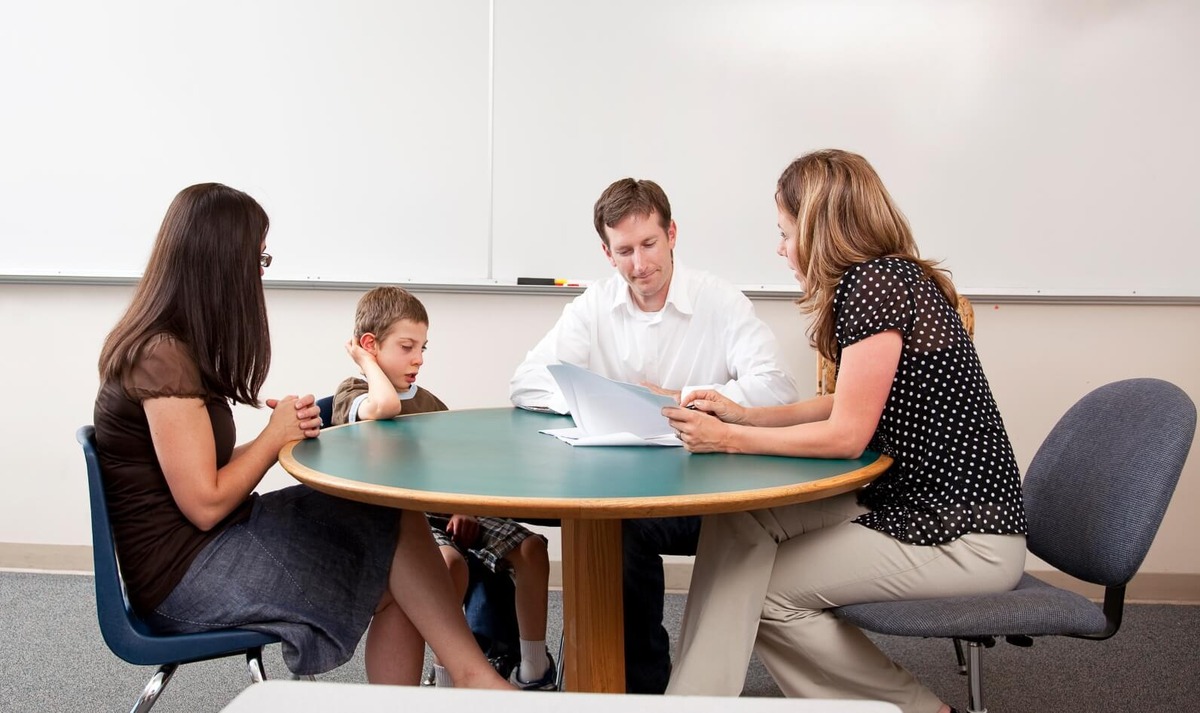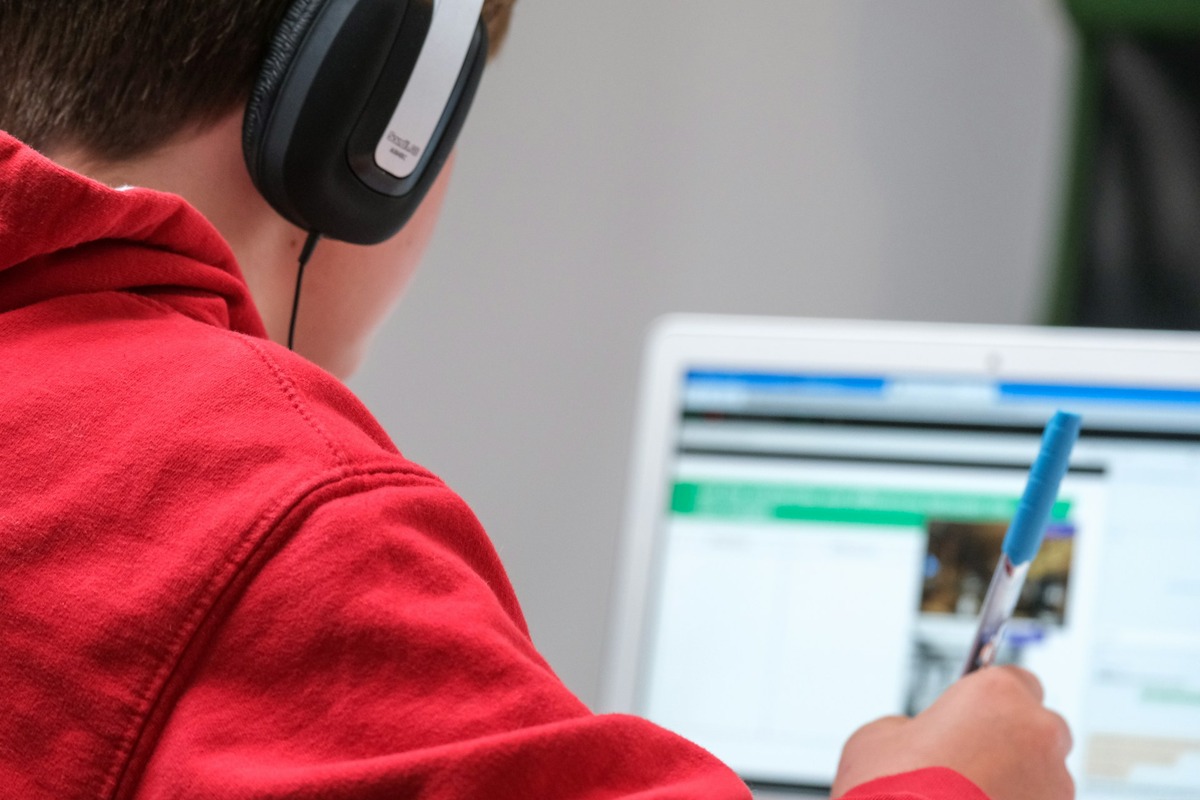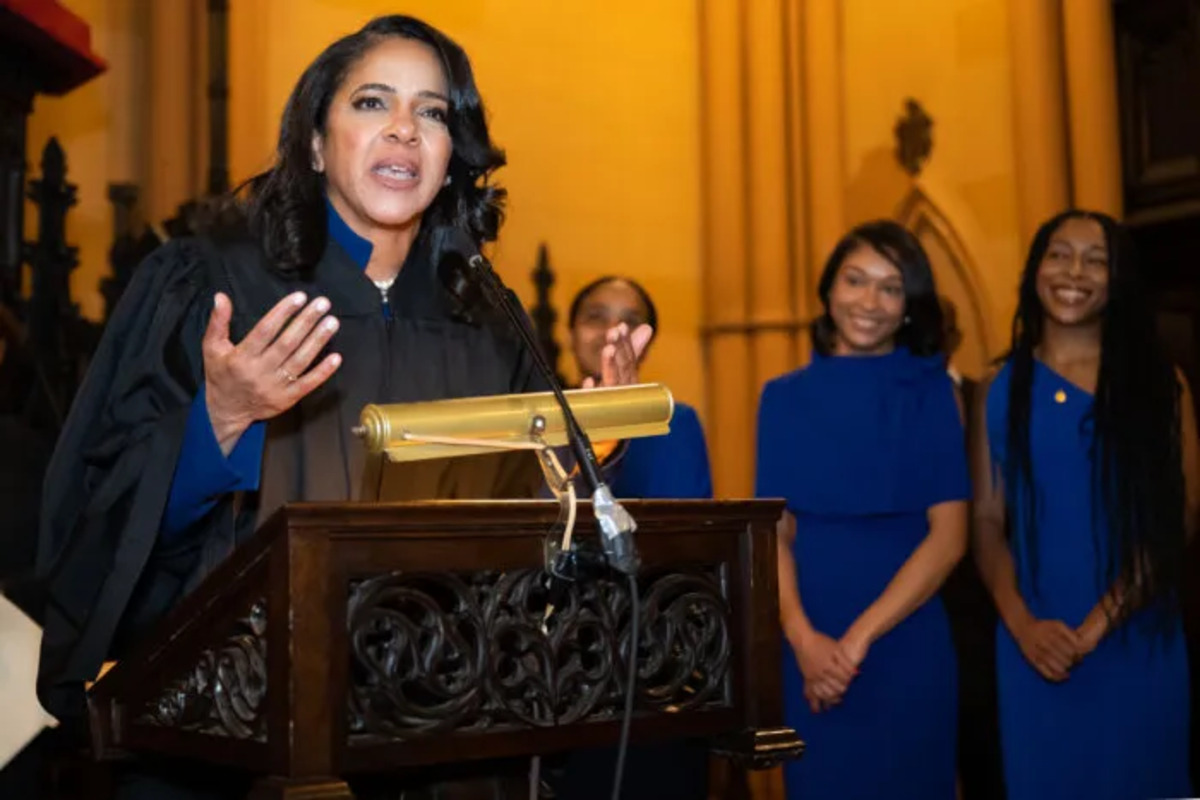Table of Contents
- Understanding Child-Focused Communication
- Importance of Building Trust
- Emphasizing Active Listening
- Sharing Constructive Feedback
- Collaborating on Educational Goals
- Flexibility in Communication
- Overcoming Communication Barriers
- Supporting Your Child’s Journey
Effective communication between teachers and parents is a cornerstone in creating a supportive educational environment. Talking about the child improves mutual understanding and enables cooperation. It becomes even more crucial to discuss various things to tell the teacher about your child examples, ensuring that unique attributes and needs are clearly communicated. This lays the groundwork for a more personalized educational experience, helping children thrive academically and socially.
In this article, we explore how child-focused communication leads to better educational outcomes. From trust-building to overcoming communication barriers, these strategies aim to strengthen the teacher-parent relationship, making it effective and beneficial for children’s growth. This comprehensive article will provide valuable insights and practical strategies to implement in daily interactions.
Understanding Child-Focused Communication
Child-focused communication in education revolves around aligning interactions and dialogue according to the children’s specific needs, preferences, and learning styles. This approach is about not just speaking but listening to the child’s voice and incorporating their perspectives in educational strategies. Such communication is integral to forming a framework where the child feels valued and understood, facilitating an environment conducive to learning and development.
This method benefits not only the child but also fosters greater understanding and cooperation between teachers and parents. Promoting transparency and encouraging open exchanges enhances mutual trust and respect, creating a partnership that places the child’s best interests at the center of all decisions.
Importance of Building Trust
Trust is the basic foundation of any relationship, especially when it comes to partnerships between teachers and parents. It involves consistent, truthful communication where both parties are open to sharing their thoughts and concerns. According to Edutopia, fostering a trustworthy relationship encourages transparency and depends heavily on respecting each other’s perspectives and maintaining confidentiality where necessary. Trust-building opens up more in-depth conversations, allows for sharing more candid information, and lays the groundwork for truly understanding and supporting a child’s educational needs.
Simple gestures like being punctual, keeping promises, and actively engaging in dialogues can significantly contribute to building and maintaining trust. This trust translates into better cooperation and a more nurturing atmosphere, ultimately benefiting the child’s learning and social environment.
Emphasizing Active Listening
Active listening is a basic component of effective communication and involves giving full attention to the speaker, reflecting on what is being said, and responding appropriately. When teachers and parents practice active listening, they foster an environment of respect and understanding, diminishing the chances of miscommunication. This becomes especially important in discussions about a child’s educational needs, strengths, and areas for growth.
Through active listening, both parties can work together to develop strategies that are in the child’s best interest. By genuinely listening to each other, they can better assess situations and collaboratively decide on the best actions to take. Encouraging this level of engagement leads to more successful educational outcomes and replicable strategies across varying contexts.
Sharing Constructive Feedback
Feedback is powerful when delivered constructively, focusing on encouraging improvement rather than pointing out faults. For teachers and parents, exchanging constructive feedback is crucial in identifying and acting on opportunities for a child’s growth. Feedback should address specific instances, be complemented with praise for the child’s strengths, and include actionable steps to help address challenges.
This type of feedback supports a growth mindset and encourages both the child and their support network to focus on positive development. Fostering an atmosphere where feedback is viewed as a tool for improvement rather than as a means of criticism is crucial for raising engagement and motivation.
Collaborating on Educational Goals
Aligning educational goals is paramount in crafting a pathway for a child’s achievable and measurable success. It ensures that teachers and parents are unified in their objectives, reducing inconsistencies and improving clarity in the educational process. Through collaboration, goals can be adjusted to reflect the child’s evolving needs and capabilities.
Frequent meetings or discussions provide opportunities to revisit and revise these goals as necessary. This flexibility allows for adaptive strategies that cater specifically to the child’s development, leading to more cohesive and effective educational planning and execution.
Flexibility in Communication
Successful interactions require an awareness of and ability to adjust to the wide range of communication styles that exist among people. Being flexible involves acknowledging these differences and adjusting communication methods to cater to various preferences and situations. Teaching Innovation & Pedagogical Support suggests that flexibility can improve outcomes by ensuring everyone’s comfort and willingness to participate actively.
Whether it’s switching between emails, phone calls, or face-to-face meetings, adaptability ensures that messages are conveyed clearly and effectively, preventing any potential misinterpretation or frustration, thereby strengthening the communication network.
Overcoming Communication Barriers
Effective teacher-parent interactions can occasionally be hampered by communication hurdles brought on by linguistic, cultural, or presumed challenges. It is essential to identify and remove these obstacles in order to create channels of open and sincere communication. Employing solutions such as translators, visual aids, or patience in exchanges can greatly aid in overcoming these obstacles.
Real-life examples include providing translated documents, or utilizing bilingual staff during meetings to ensure clarity and understanding. Tackling these barriers proactively can facilitate more inclusive and productive partnerships focused on the child’s success.
Supporting Your Child’s Journey
The ultimate aim of effective teacher-parent communication is to support and enhance the child’s educational journey. When parents and teachers join forces and maintain ongoing, reciprocal dialogue, they lay a robust foundation for the child’s holistic development. Such collaborative efforts help identify potential challenges earlier and allow for more effective responses, ensuring the child remains academically and personally on a positive trajectory.
Proactive involvement from both educators and parents fosters an environment where children can excel and feel supported, demonstrating the profound impact of productive communication in education.







